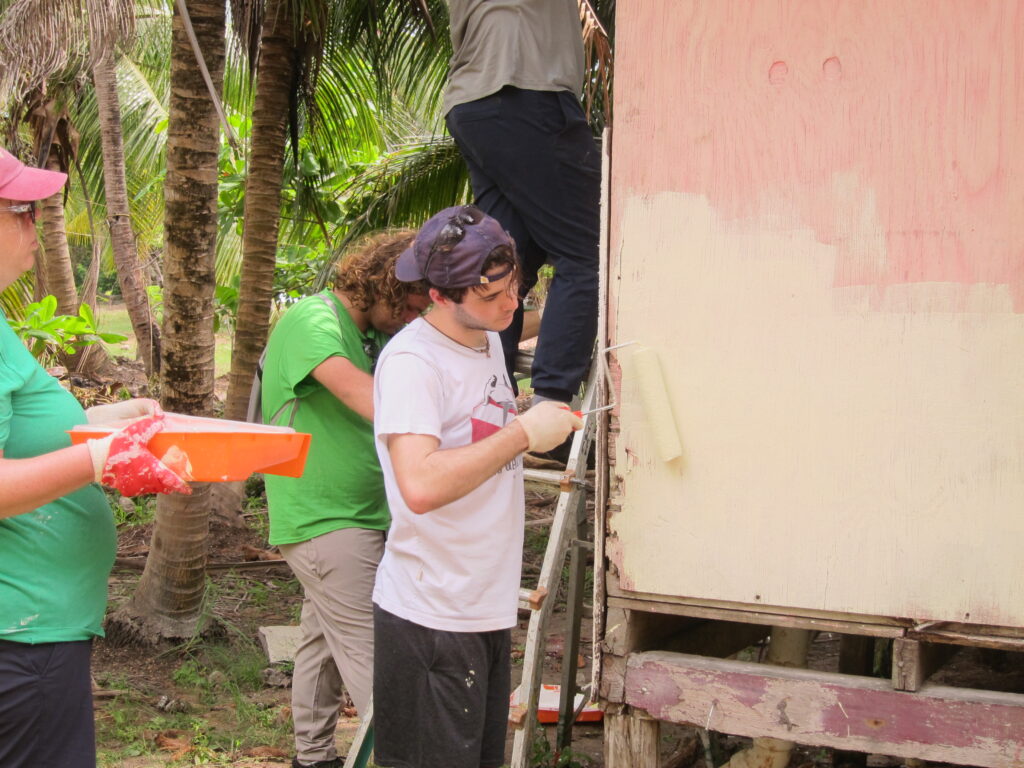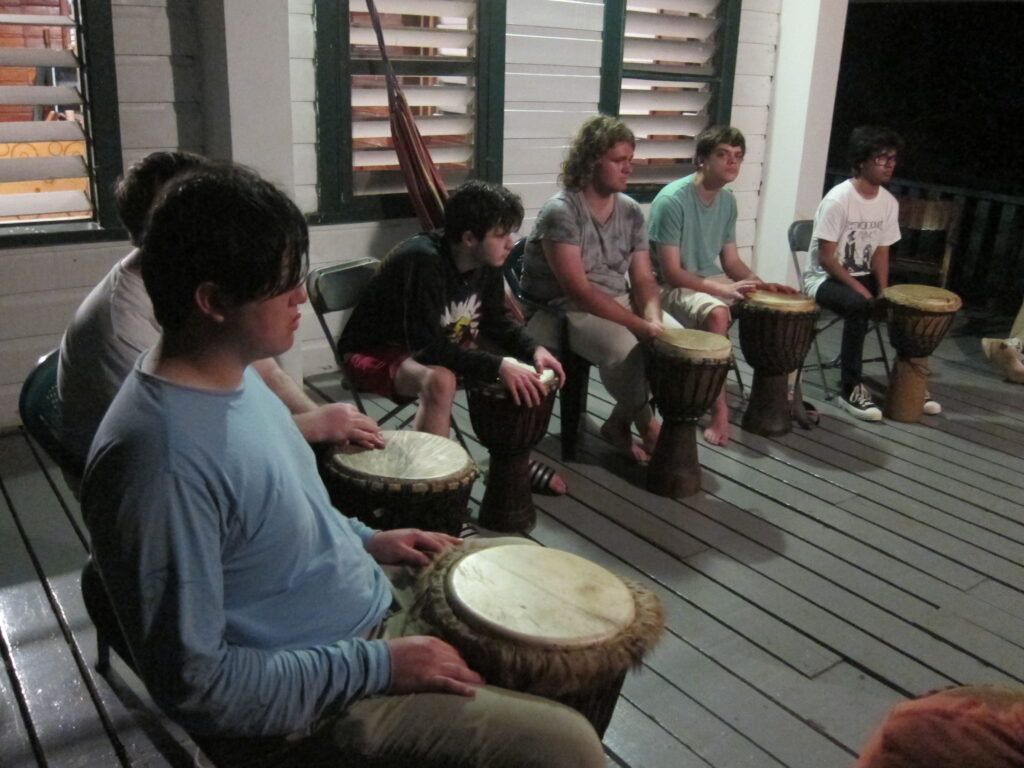A Journey That’s Both Fun and Educational
Take a look inside our 2024 Belize adventure and discover why these trips matter.
By: Dale Baker | Humanities Teacher
Travel can be fun, whether it’s a break at your favorite holiday getaway or jumping on a plane to a completely new destination. It can also be a terrific educational experience.
TSS organized our first international spring break trip in April 2024. Why did we choose Belize of all places? A good friend of the school, Prof. Todd Rimkus, is a biology professor at Marymount University who has managed turtle research projects at a nature reserve on the Belize coast for more than 20 years. He knows the place, the people, and the customs. Who better to chaperone our first trip outside the US with TSS students?

The trip itself was an exercise in planning and patience. First, students had to master a briefing packet and a checklist of items to take with them. Second, the journey itself began well before dawn to make an early flight out of National to Houston, where we would connect with our flight to Belize. Most modern travel can be crowded and frustrating. Learning to cope is a great skill.
Landing in a new country is an experience in itself. Most of our students had not traveled to a Third World destination before. The climate, the people, and the infrastructure were all different. Not the language, fortunately, since Belize is the only English-speaking country in Central America with more of a Caribbean culture than Latin American. But nothing matches clearing immigration at a strange new place and hopping on a van to explore new territory.
Because our final destination was far from the airport, we stopped along the way for our first learning excursion, the Belize Zoo for rescued indigenous animals. There students had up close encounters with more than 40 native species including exotic creatures like coatimundis, pumas, tapirs, margays, and macaws. Students learned about global wildlife diversity by seeing the real thing.
Our home away from home would be the Manatee Lodge in Gales Point, a tiny strip of houses and shops on a peninsula jutting into the Southern Lagoon. No strip malls or Metro stops here. Gales Point has one central road (kind of paved with more potholes than asphalt in places) studded with houses ranging from clapboard shacks to newer formal houses (mostly unoccupied weekend houses for the elite from the capital). Just bumping along that track from the main road to the lodge was a 10-15 minute expedition each way. Definitely not like home.

The lodge resembled many summer camps we have all been to: a dorm building with separate bunk bed rooms, a dining hall where everyone ate at the same table, a volleyball court, and jetties extending far out into the lake to try to spot manatees (who are shy and don’t like to show much more than their noses). More new experiences: no AC, no TV, and minimal Wifi coverage on much of the property. Oh yeah, there were bugs too. Lots of bugs. It’s the tropics, not the comfortable mid-Atlantic.
The TSS Belize mission was also a service trip. Several villagers in Gales Point desperately needed new decks to get into their elevated homes or a new coat of paint. Our group tackled different projects on three of our five days there. With the supervision of local craftsmen, we demolished existing rickety steps and built solid new decks. Another house that a previous group had left half-pink and half-green emerged with a shiny pink paint job. A local school now has a new basketball pole and rim.
One house really stood out. The small yard in front was covered in trash, which the students gathered into a pit to bury. We literally ripped apart what remained of the old steps while others tackled a new paint job for the entire exterior. The house next door had a barbed wire laundry line and a small balcony upstairs with a toilet fixture for a deck chair. Students saw the harsh realities of Third World poverty up close.
Learning about Belize culture and the local Creole dialect was another key element. Students studied some Creole words, how to chop down coconuts for their juice, and how to tap out cool rhythms on locally made drums. Every meal was local cuisine.
On our last day, we drove to the center of Belize to go tubing in an underground cave network. Even on this fun excursion, students were learning about the unique geology of Central America and its vast subterranean caverns that the Mayans relied on for their great cities.
The first TSS venture abroad was both a good time and a challenge. Students experienced a new culture, a new environment, and a level of economic development that most had never seen before. They sweated a lot, fought off the bugs, and drove down some very bumpy roads. They had fun drumming, swimming, and tubing. Every day was a new chance to learn and grow in ways that you just can’t duplicate in a classroom.

Posted in:
